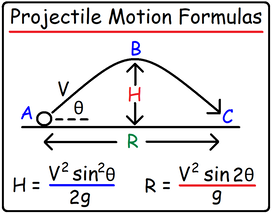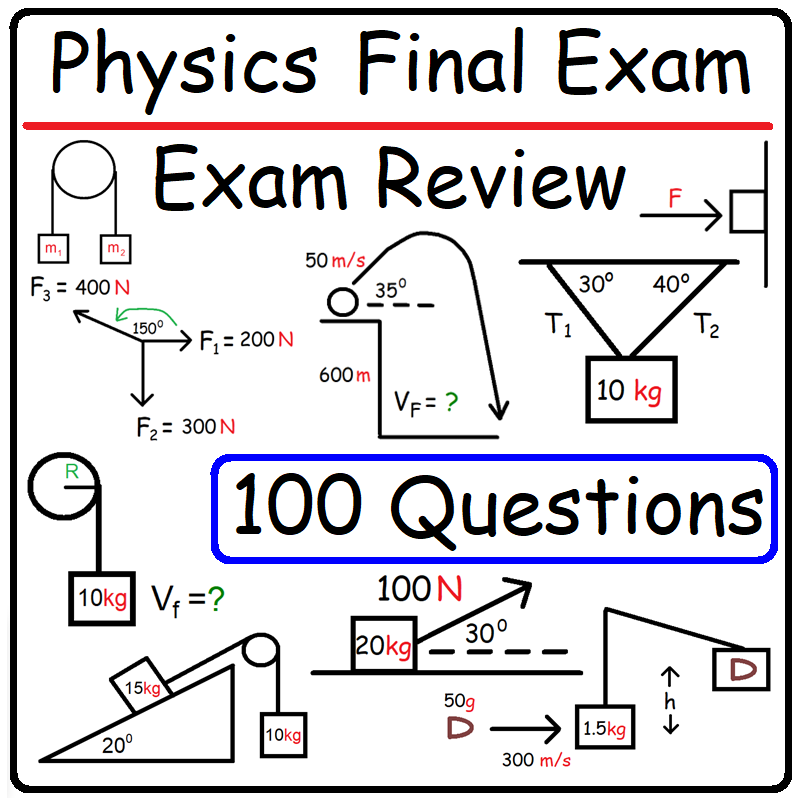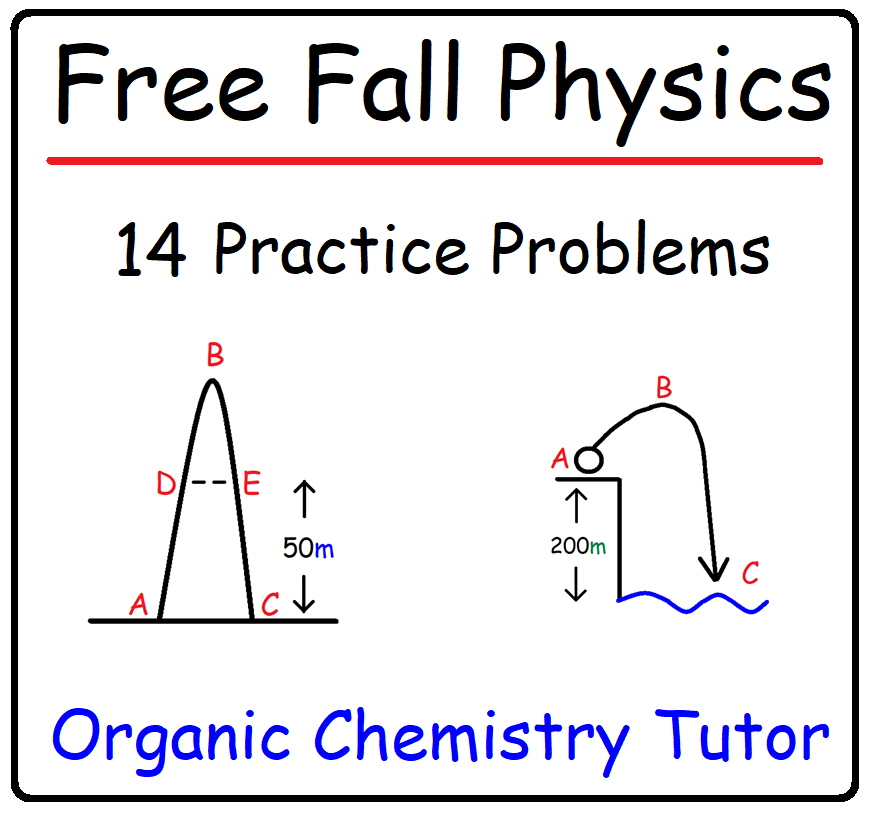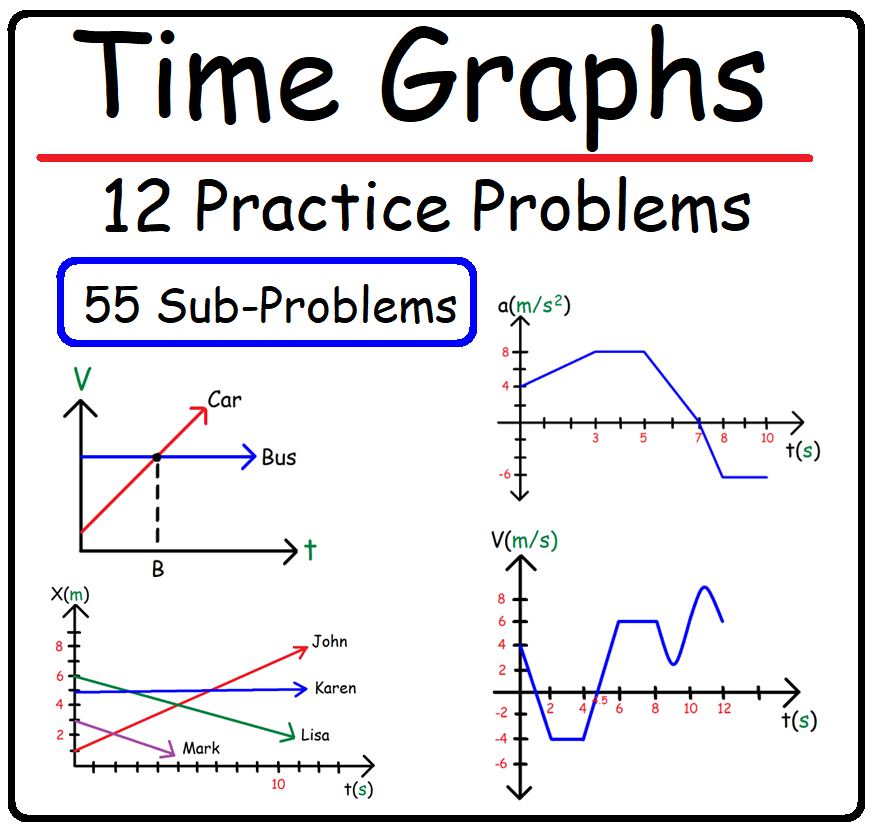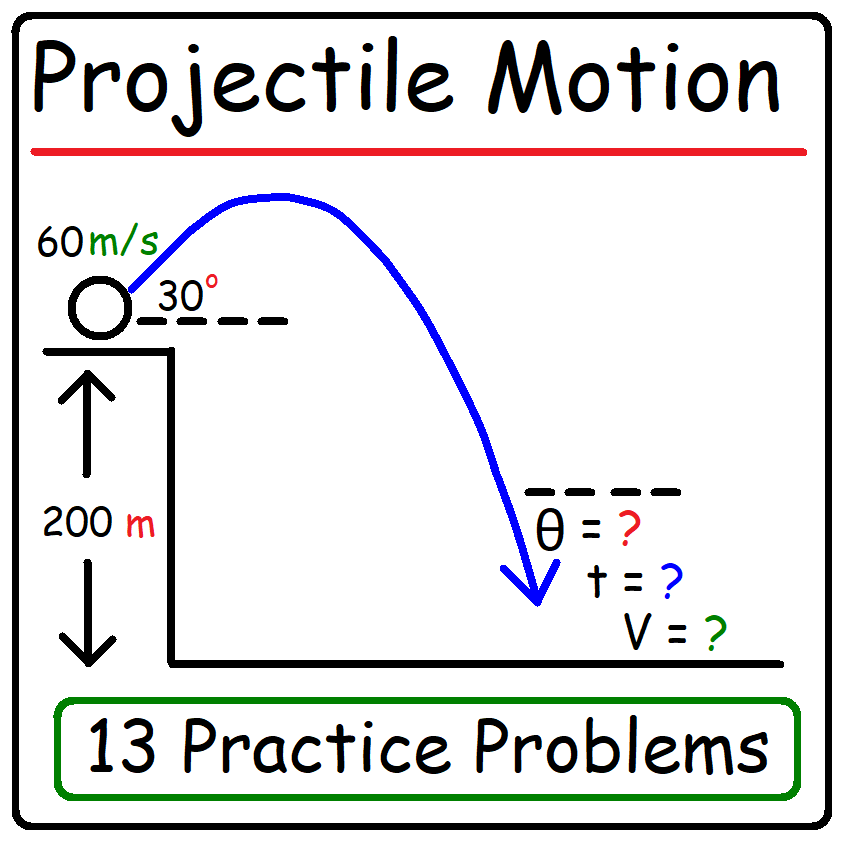|
Full 1 Hour 18 Minute Video:
https://www.patreon.com/MathScienceTutor Direct Link to The Full Video: https://bit.ly/3WWnzL4 PDF Worksheet - 13 Questions: https://bit.ly/3QgFMRo How To Solve Projectile Motion Problems: In order to solve a projectile motion problem, you need to identify the variable that you're solving for. I prefer to write a list of the known variables and the unknown variable that I wish to calculate. This technique works well for 1-step problems. For multi-step problems, I like to define all the points of interest using letters such as A, B, C, and D. For each step, it's important to define the initial point and final point in addition to the variable that you're solving for. The full version of the video above will demonstrate how to put this technique into practice. Projectile Motion - Facts to Know: 1. A projectile is an object in motion where the only force acting on it is gravity. 2. The vertical acceleration of a projectile is -9.8 m/s^2. 3. The horizontal acceleration of a projectile is zero. 4. The vertical velocity of a projectile is always decreasing by 9.8 m/s per second. 5. The horizontal velocity of a projectile is always constant. 6. The speed and vertical velocity is decreasing while the projectile is going up. 7. The speed is increasing but the vertical velocity is decreasing when it's going down. 8. An angle of 45 degrees will maximize the range of a projectile launched from the ground. 9. Vertical velocity is zero when the projectile reaches the maximum height of its trajectory. Basic Introduction to Vectors: www.video-tutor.net/vectors-basic-introduction.html Motion Time Graphs - Velocity Time Graphs: www.video-tutor.net/motion-time-graphs.html Free Fall Physics Problems: www.video-tutor.net/free-fall-equations.html Relative Velocity - Introduction: www.video-tutor.net/relative-velocity-physics.html Video Playlists and Final Exam Videos: www.video-tutor.net/ |
